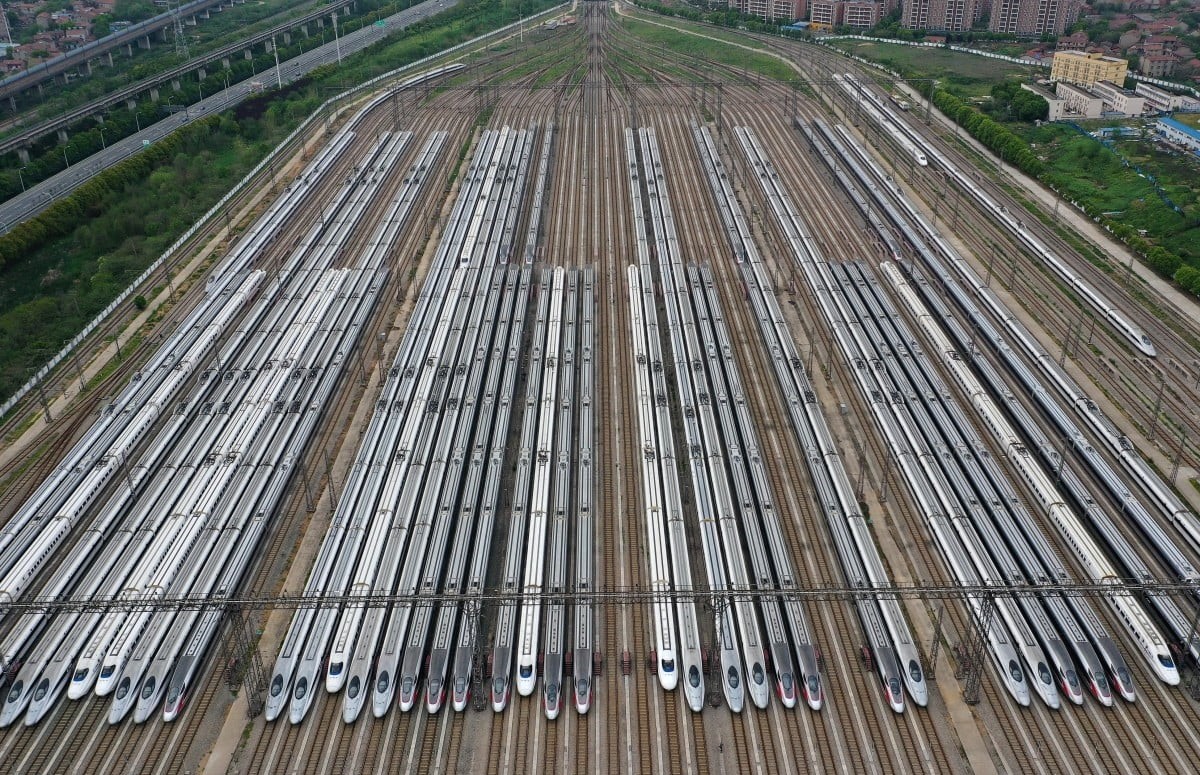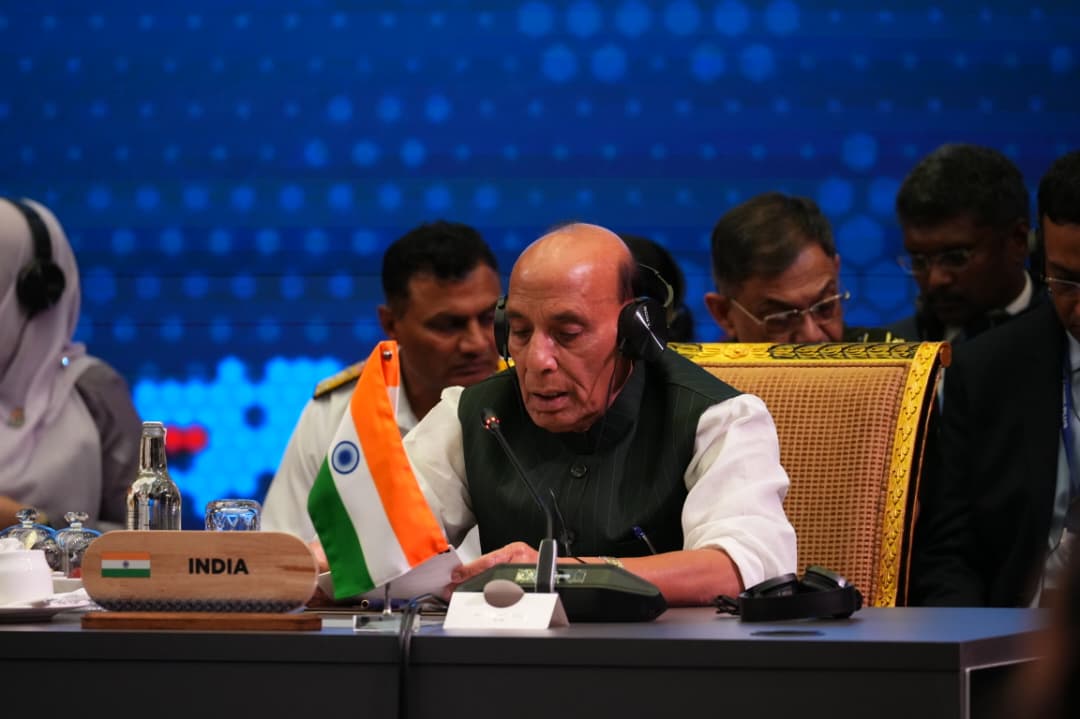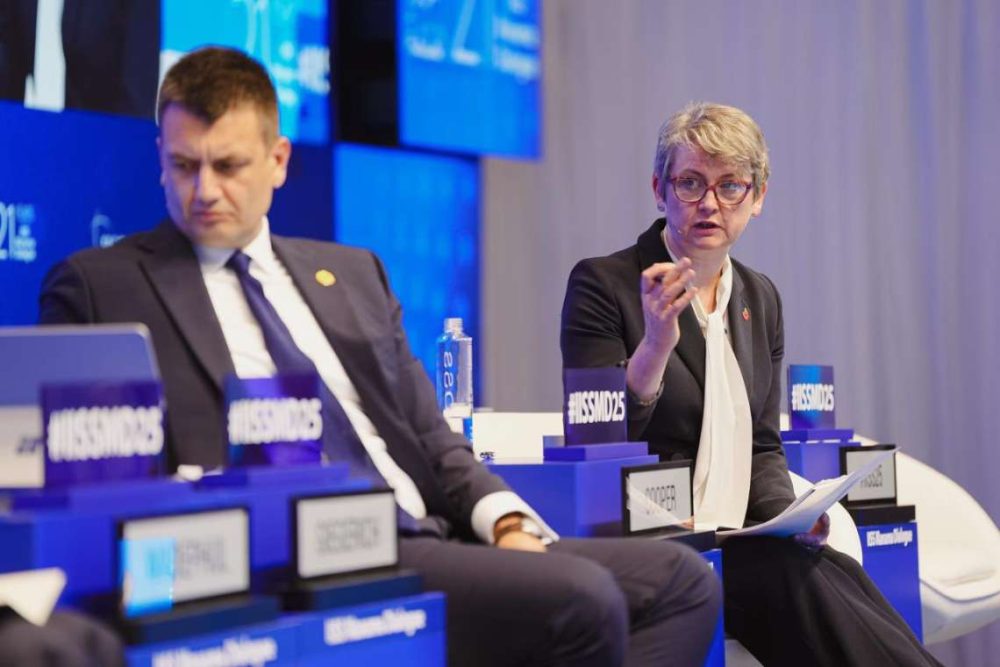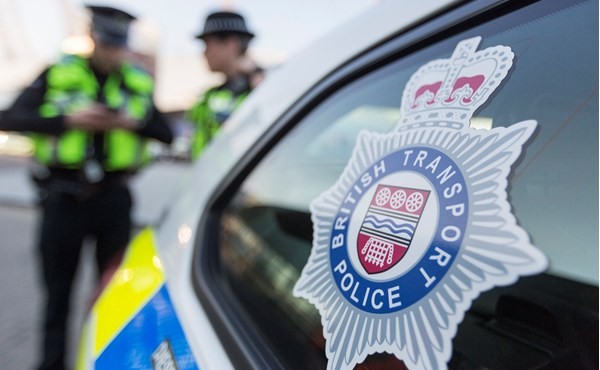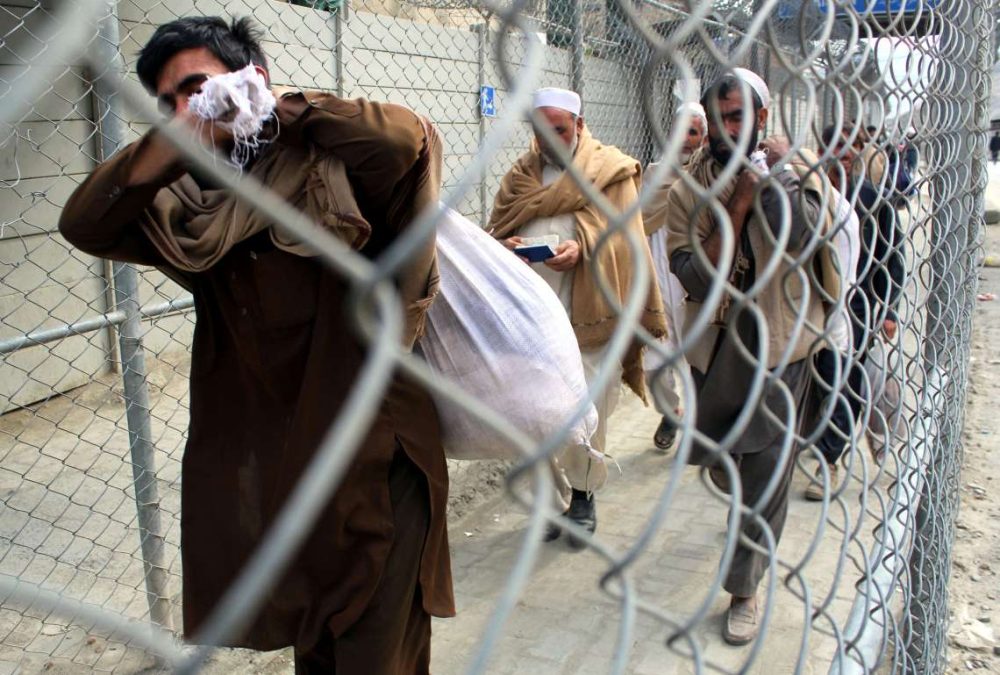Vaishnaw provided an update on the progress of the ambitious project, highlighting that 270 km of groundwork for the bullet train has already been completed…reports Asian Lite News
In a significant announcement at the Vibrant Gujarat Summit, Union Railway Minister Ashwini Vaishnaw revealed that India’s first bullet train is poised to commence operations by 2026. Vaishnaw announced that the inaugural bullet train service is scheduled to operate between Surat and Bilimora.
“We plan to run the first bullet train between Surat and Bilimora in 2026,” Vaishnaw said at the 2024 Vibrant Gujarat Summit in Gandhinagar, Gujarat.
Vaishnaw provided an update on the progress of the ambitious project, highlighting that 270 km of groundwork for the bullet train has already been completed. He emphasised the successful installation of a 270 km long wire duct and assured that the project is proceeding according to the designated timeline.
“270-km-long wire duct has been put in place. Work is going on as per schedule. The work of the Mumbai-Thane under-sea tunnel has also begun. The construction of bridges on eight rivers that will lie on the route is going on rapidly. Two bridges have already been completed. The work on Sabarmati terminal station is also nearly completed,” Vaishnaw added.
On January 8, the Ministry of Railways announced the successful attainment of 100 percent land acquisition for the Mumbai-Ahmedabad Rail Corridor, commonly referred to as the bullet train project, spanning Gujarat, Maharashtra, and Dadra and Nagar Haveli.
The Mumbai-Ahmedabad bullet train corridor, undertaken by the National High-Speed Rail Corporation Limited (NHSRCL), is estimated to cost Rs 1.08 lakh crore. The financial structure involves the Union government contributing Rs 10,000 crore, and Gujarat and Maharashtra each contributing Rs 5,000 crore, with the remaining funds secured through a 0.1 percent interest loan from the Japan International Cooperation Agency (JICA).
Initiated with the foundation stone laid in Ahmedabad in September 2017, the ambitious project aims to cover a distance exceeding 500 km in approximately two hours. Implementing Japan’s Shinkansen technology, the high-speed rail line aspires to establish an efficient and high-frequency mass transportation system.
Originally projected for completion in 2022, the timeline faced delays due to challenges in land acquisition. The government is now targeting the commencement of the first phase, connecting Surat and Bilimora in south Gujarat, by the year 2026.
In 2023, Japan International Cooperation Agency (JICA) has signed a loan agreement with the Central government to provide an Official Development Assistance (ODA) loan of 400 billion Japanese Yen (approximately Rs 22,627 crore) as tranche five for the construction of the Mumbai-Ahmedabad High-Speed Rail (MAHSR) project.
JICA has been supporting the MAHSR bullet train project by providing ODA loans with the cumulative commitment amount of JPY 1 trillion and 50 billion (Rs 59,396 crore) since 2017.
This assistance goes beyond the financial aid to include a range of technical contributions, such as feasibility studies, fundamental and intricate design work, training programmes in Japan, collaboration on station area development, and the deployment of Japanese Shinkansen experts to work alongside the executing agency, the National High-Speed Rail Corporation Limited (NHSRCL), JICA said.
The objective of the project is to develop a high-frequency mass transportation system by constructing the High-Speed Rail between Mumbai and Ahmedabad, using Japan’s Shinkansen technology (also known as the Bullet Train), thereby enhancing mobility in India and contributing to regional economic development.
The Mumbai-Ahmedabad Bullet Train corridor, managed by the National High-Speed Rail Corporation Limited (NHSRCL), is Rs 1.08 lakh crore project. The financial plan includes Rs 10,000 crore from the Union government, and Rs 5,000 crore each from Gujarat and Maharashtra. The remaining funds are secured through a 0.1 percent interest loan from the Japan International Cooperation Agency (JICA).
Initiated with the laying of the foundation stone in Ahmedabad in September 2017, this ambitious project aims to cover a distance of over 500 km in just about two hours. Utilizing Japan’s Shinkansen technology, the high-speed rail line aims to revolutionize mass transportation with efficiency and high-frequency services.
Originally slated for completion in 2022, the timeline faced hurdles due to land acquisition challenges. However, fear not! The government is now eyeing the kick-off of the first phase, connecting Surat and Bilimora in south Gujarat, by the year 2026.
With approvals from the Eknath Shinde government in Maharashtra, land acquisition in the state is also almost complete, he said.
Construction of the undersea tunnel between Mumbai and Thane has also been initiated while construction of bridges on eight rivers has been completed.
Noting that the bullet train “dream is turning into reality now”, Vaishnaw further said that it is not just a transportation or infrastructure project but will lead to regional development of the region as well. The high speed railway will connect Mumbai, Thane, Vapi, Vadodara, Surat, Anand and Ahmedabad.
ALSO READ: 23,469 Lives Lost in Gaza


